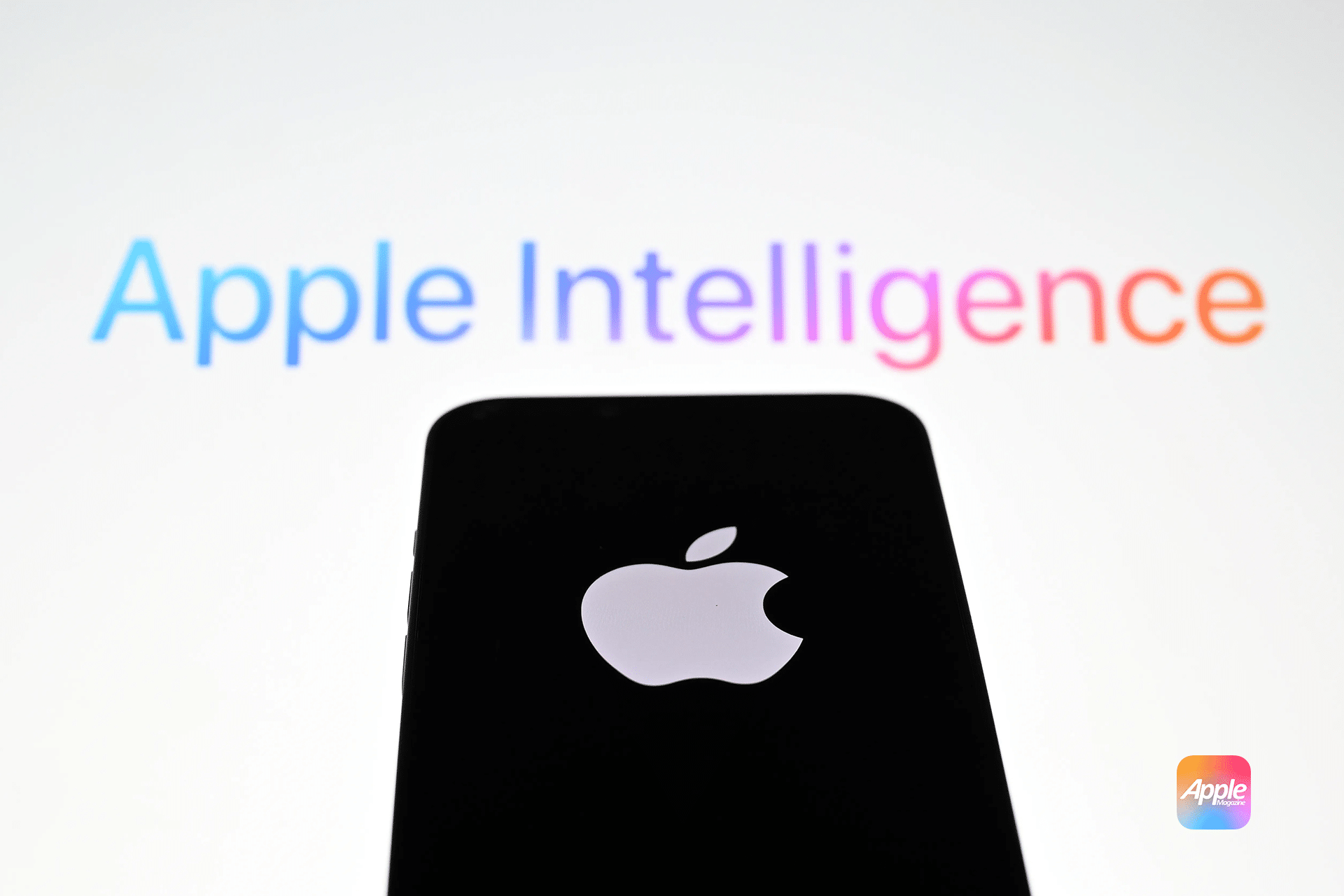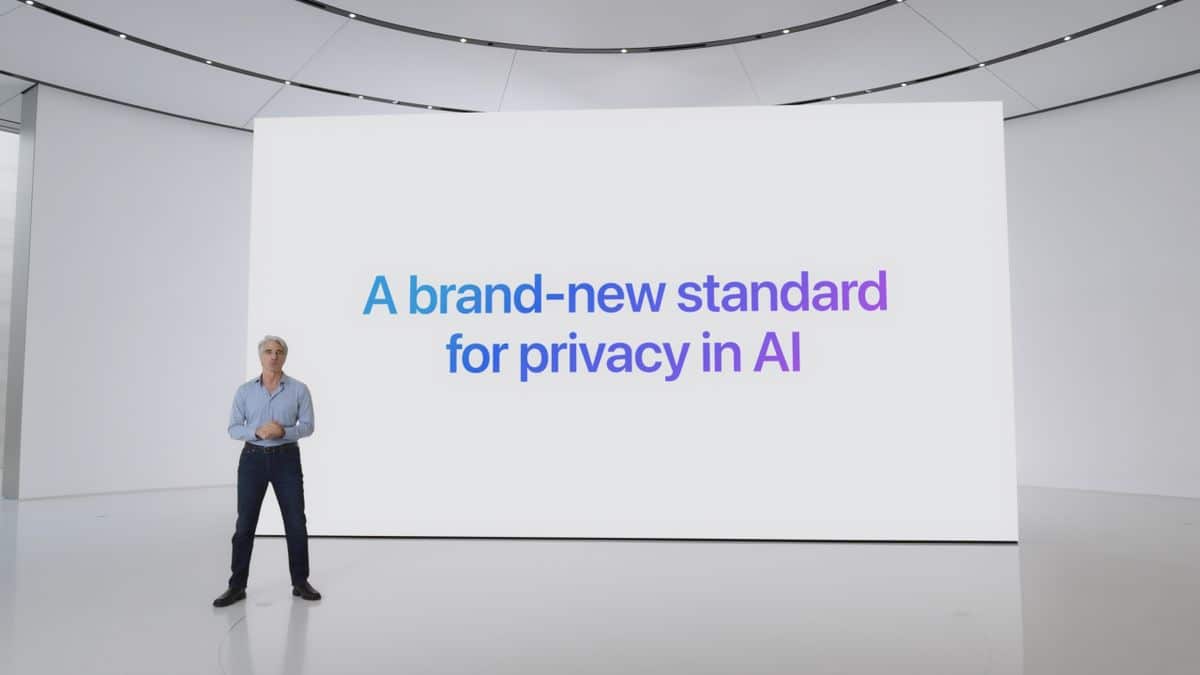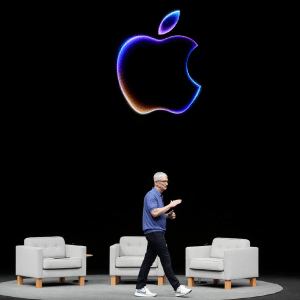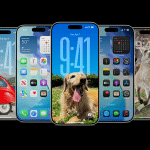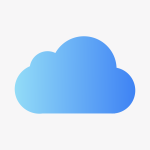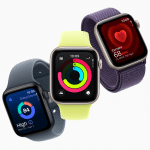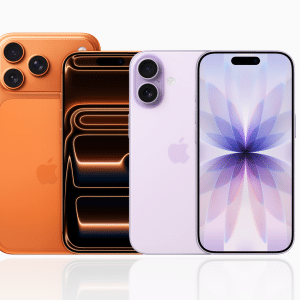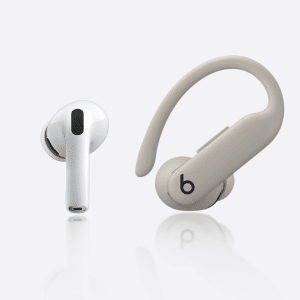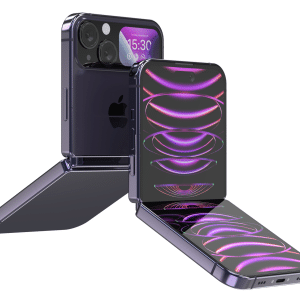Differential privacy is Apple’s way of studying user trends without seeing individual data. It starts with synthetic data—fake prompts or emails crafted to resemble real-world usage, like a message about a coffee meetup. Devices analyze these locally, comparing them to actual inputs to spot patterns, like which types of emoji prompts are trending. Apple collects these insights across millions of devices, ensuring no single user’s data is traceable. Bloomberg reported that this approach, already boosting Genmoji, helps Apple fine-tune image generation by learning popular prompts without accessing what users type.
This process is invisible to users but powerful in impact. By aggregating anonymized feedback, Apple trains its AI to suggest better email phrasing or generate more relevant images. It’s a stark contrast to competitors who often rely on sweeping data collection. The technique leans on on-device processing, with Private Cloud Compute handling heavier tasks securely. Reuters noted that sensitive data stays encrypted and isn’t stored on servers, reinforcing Apple’s privacy-first stance.
Why Users Care
For the average user, differential privacy translates to AI that’s both smart and discreet. Picture drafting a work email: Writing Tools might suggest a clearer phrase based on broad usage trends, not your personal history. Or Visual Intelligence could pinpoint details in a photo faster, like spotting a landmark, without Apple knowing what you photographed. These tweaks make daily tasks smoother—whether editing a presentation or creating a Memories slideshow from family photos—without the unease of being watched.
Apple’s focus isn’t just on flashy features; it’s on building habits. TechCrunch highlighted that differential privacy has been part of Apple’s toolkit for years, used to track emoji popularity without tracing senders. Expanding it to Apple Intelligence aims to make AI a seamless part of routines, from searching photos to crafting texts. ZDNET pointed out that this could resonate with privacy-conscious users, especially as global data regulations tighten. In a world where trust is scarce, Apple’s betting that keeping data close to home will keep users coming back.
The Trade-Offs
No system is flawless. Differential privacy relies on users opting in to share usage insights, which some might skip out of caution. Apple insists no personal data leaves devices, but skepticism persists in an era of data breaches. Plus, synthetic data has limits—it mimics reality but might miss niche user needs, like unique Genmoji prompts. Still, Apple’s approach strikes a balance: advancing AI without alienating its base. The company’s track record, from securing iMessages to locking down Health data, adds weight to its claims.
Another hurdle is scale. Training AI on anonymized trends demands massive participation to spot meaningful patterns. If too few opt in, the system could lean on less representative data, skewing results. Apple’s banking on its billion-plus user base to make this work, but it’s a gamble that hinges on trust and engagement.
Looking Ahead
As iOS 18.5 and its counterparts launch, Apple Intelligence will likely feel snappier. Expect faster photo searches, smoother text edits, and slideshows in Memories Creation that pull together moments with less effort. Apple’s already eyeing broader uses, like refining Image Playground to churn out sharper visuals based on what users love, not what they share. The company’s blog post hinted at ongoing experiments to make differential privacy even more robust, potentially shaping features beyond AI, like app recommendations or search.
This isn’t Apple’s first privacy rodeo, but it’s a defining one. By weaving differential privacy into Apple Intelligence, the company’s not just tweaking software—it’s making a case that innovation can thrive without snooping. For users, that could mean AI that’s as dependable as a morning coffee, minus the bitter aftertaste of data concerns. As competitors race to outdo each other with cloud-hungry models, Apple’s grounded approach might just carve a unique spot in the AI frenzy.
The Bigger Picture
Apple’s privacy push comes at a pivotal moment. With AI becoming a daily staple—from voice assistants to photo editors—users are caught between convenience and exposure. Apple’s method offers a middle ground: AI that learns from the crowd, not the individual. It’s a technical feat wrapped in a user-friendly promise—smarter tools that respect boundaries. Whether it’s enough to make Apple Intelligence the go-to for tech enthusiasts and casual users alike depends on execution, but the foundation is solid.
For now, Apple’s playing to its strengths: a loyal user base, a knack for polished experiences, and a privacy stance that’s more than marketing. If differential privacy delivers as promised, it could redefine how we expect AI to work—not as a data vacuum, but as a partner that knows just enough to help, and nothing more.

